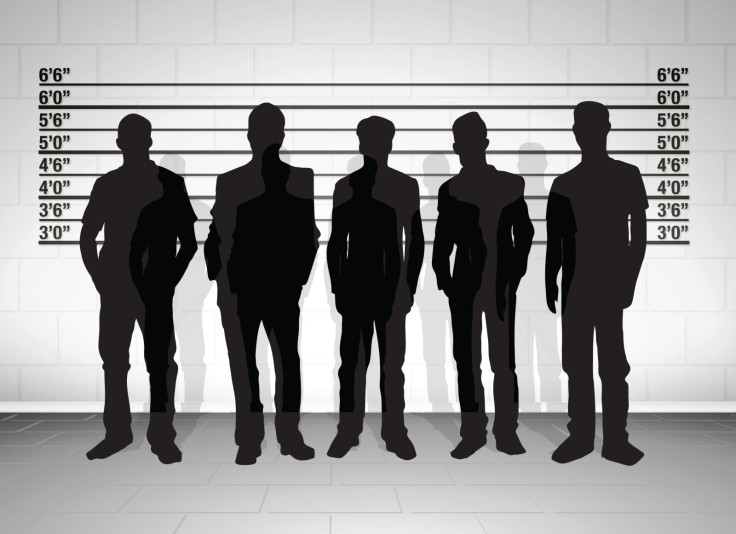Experiment to identify criminals by their body odour shows promising results

Identifying a criminal in an identity parade by his body odour may be an effective method of identifying culprits, scientists have said. In the first test of its kind, tests have shown that people can often accurately recognise the perpetrator of a crime by smelling them – with a potential for error similar to that of eyewitness or vocal identifications.
In criminal processes, witnesses can often play a crucial role and their identification of criminals can be received as evidence in courts of justice. But while identification of body odour by dogs have also been accepted, human olfaction has always been considered too limited to be an accurate method.
In a new research, published in the journal Frontiers in Psychology, scientists contradict this view, suggesting that everyone has a 'unique odour print' that can be recognised by their peers, and that this method may by as valid as any other types of human identification.
ID parade and body odour
To test the efficacy of identifying perpetrators by their body odour, the researchers carried two sets of experiments.
In the first, 73 participants were presented an authentic video clip of a violent crime along with a body odour, which was said to belong to the criminal. The body odours had been collected on nursing pads sewn to different male volunteers' T-shirts over four hours.
Then, in an ID-parade test composed of three, five or eight body odour samples, they asked the participants to identify the one belonging to the perpetrator.
In the three cases, the probability of choosing the correct culprit was higher than chance levels, suggesting the method may be reliable to use in forensic settings. However, the scientists observed that the number of correct answers decreased as the ID-parade size increased. In those composed of eight body-odour samples, the probability of identifying the criminal was lower.
The second experiment confirmed this and also indicated that the method was less reliable when there was a longer interval between first smelling the criminal's body odour and then identifying them in an ID parade.
The scientists point out that these limits are similar to the ones observed in eyewitness or vocal witness identification. Though more research is needed in the identification of criminals through their body odour, it could be an interesting tool to complement existing identification methods.
"Identification of body odour in a forensic setting is possible and has characteristics in line with witness identification through other modalities, altogether meriting further investigation in this new field. Olfactory memory may turn out to be an interesting forensic tool, either in the identification of culprits or in the recollection of event details", the authors conclude.
© Copyright IBTimes 2025. All rights reserved.






















